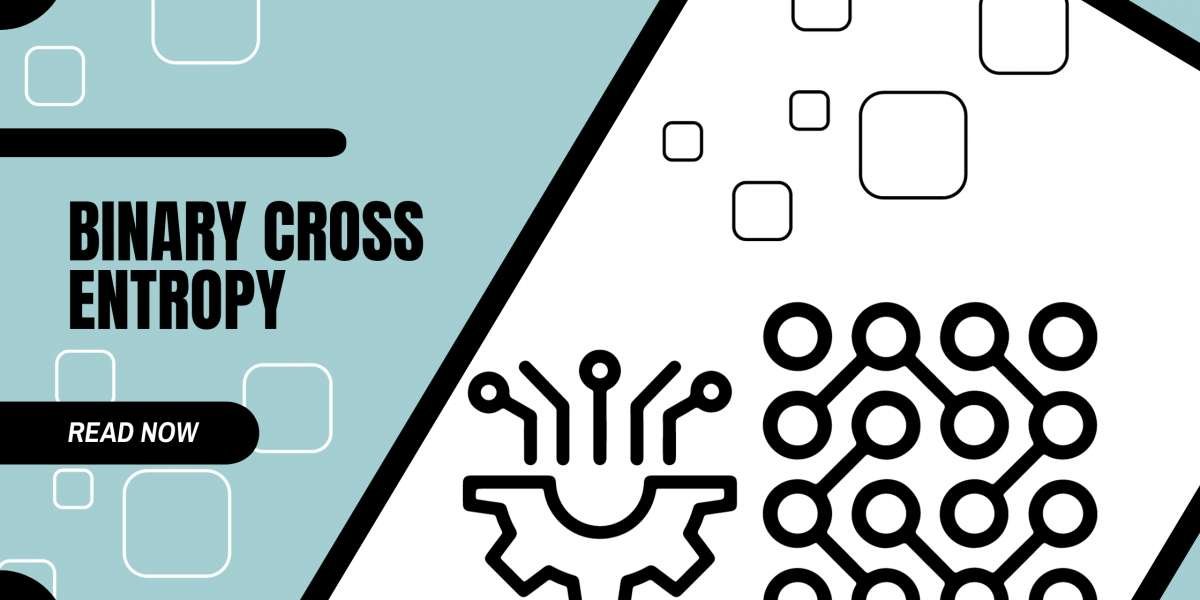Classification is a common and crucial task in the field of machine learning. Sorting information into meaningful groups is fundamental to many fields, from spam filter development to medical diagnosis. The binary cross entropy loss function is a major player in the field of classification. In this guest article, I'll explain everything you need to know about the loss function and why it's so important in the context of machine learning.
An Overview of Binary Cross-Entropy Loss
Binary Cross-Entropy Loss, or Log Loss as it is more commonly called, is a loss function typically applied to issues of binary classification. It provides a numerical representation of the discrepancy between expected and observed probability. Its primary goal is to help the model produce reliable predictions, especially in situations with only two possibilities.
Let's dissect this into its component parts:
Classifying information into discrete groups denoted by the numbers 0 and 1 is known as binary classification. Classifying emails as spam or not, diagnosing patients with diseases, and analyzing sentiment are all examples of binary classification problems.
Probability estimates are a common form of prediction made by machine learning models. Most of the time, these probabilities correspond to the chance of an instance being part of Class 1 in a binary categorization. Expected probabilities can be anywhere from 0 to 1.
The data instances are formally labeled as either belonging to class 1 (1) or class 0 (0), making up the true binary outcomes. The actual binary results are used as a reference point for the model's projections.
So why is the loss of binary cross entropy so important?
There are many reasons why binary cross-entropy loss is crucial:
Probability calibration helps the model produce accurate predictions. Decisions can be made with greater certainty since the anticipated probabilities more closely match the actual probabilities of class membership.
When errors are differentiated, the model is punished more severely when its predictions deviate from reality. In order to train a reliable classifier, it is essential to clearly define what constitutes a correct and bad prediction.
The performance of a binary classification model can be evaluated with the help of a metric called the Binary Cross-Entropy Loss. A better-performing model will have a smaller loss value.
The Mechanics of the Binary Cross-Entropy Loss
Following is the formula for the Binary Cross-Entropy Loss:
The Loss in Binary Cross-Entropy =1 =1�[��log(��)+(1−��)log(1−��)]
Loss in Binary Cross-Entropy = N 1 i=1 N
(yi - log(pi )+(1 - yi - log(1 - pi ))
Here's a breakdown of what each number in the equation stands for:
The total number of observations, denoted by N.
For the ith data point, the genuine binary outcome (0 or 1) is denoted by y i.
The probability that the ith data point is in class 1 is denoted by p i.
When the true outcome is 1, the loss function simply adds two terms to each data point: log( ) yi log(pi ).
(1)log(1) (1y i)log(1p i )where the actual result is 0.
The average of these terms across all data points is what the Binary Cross-Entropy Loss is concerned with. The discrepancy between expected and actual results is accurately captured by this formulation across the board.
Conclusion
In the ever-evolving landscape of machine learning, binary cross entropy loss function remains a critical concept, empowering us to develop reliable classifiers that can address a multitude of challenges across various domains. Its principles, once grasped, open the doors to more accurate and dependable binary classification models, driving progress and innovation in the field.



